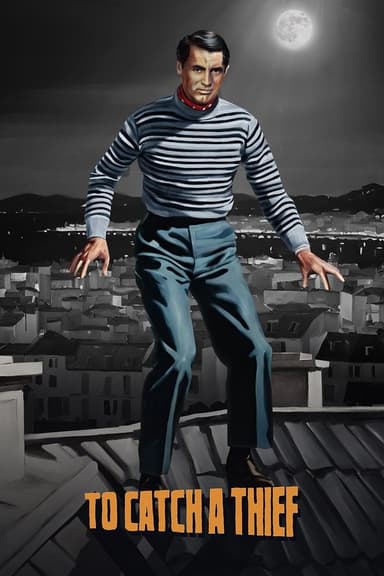
Auntie Mame
1958 • Comedy, Drama • NR
Mame Dennis, a progressive and independent woman of the 1920s, is left to care for her nephew Patrick after his wealthy father dies. Conflict ensues when the executor of the father's estate objects to the aunt's lifestyle and tries to force her to send Patrick to prep school.
Runtime: 2h 23m
Why you should read the novel
While the film adaptation of Auntie Mame offers a whirlwind of color and comedy, the original novel immerses the reader in a far richer and more nuanced world. Patrick Dennis’s book unfolds with greater depth, painting Auntie Mame not just as a comedic figure but as a complex, dynamic character whose humanity shines through her exuberant antics. The written word captures subtleties that the screen often must gloss over, allowing you to experience Mame’s wit, wisdom, and warmth up close.
Reading the novel also provides a front-row seat to Patrick Dennis’s sparkling prose. The humor is sharper, and the satire more pointed; you’ll find delight in the intimate asides and clever observations that only literature can deliver. Each chapter offers a fresh escapade and a deeper understanding of the era’s social context, which the movie only briefly touches upon.
By choosing the original book, you join a literary journey through a gallery of unforgettable characters far beyond what the film could include. It’s an experience far more personal and imaginative, giving you the freedom to picture the glamour and chaos of Auntie Mame’s world in your own way. Let the story enchant you, unabridged and unfiltered, just as Patrick Dennis intended.
Adaptation differences
The 1958 film adaptation of Auntie Mame condenses and restructures the novel's episodic, vignette-style storytelling into a more streamlined and linear narrative. This means that several escapades and tangential subplots, which provide rich comedic and satirical texture in the book, are either omitted or greatly abridged for time. As a result, the movie focuses on key highlights but doesn’t capture the full spectrum of Mame’s outrageous adventures found in Patrick Dennis’s original work.
Another significant difference lies in character development and depth. While Rosalind Russell’s portrayal of Mame is iconic, the screenplay cannot fully explore her complexities or those of the supporting cast. In the novel, Mame’s relationships—with her nephew Patrick, her late husband Beau, and her eclectic circle of friends—are explored in greater detail and with more emotional nuance. The film, due to format constraints, often opts for broader strokes and comedic timing rather than internal character exploration.
Humor and tone also shift considerably between the two mediums. Patrick Dennis’s novel is well-known for its biting wit and subversive satire, shining a light on 1920s and 1930s social mores with irreverence and irony. While the film includes plenty of laughs, some of the sharper, more risqué humor is softened or omitted entirely to comply with the sensibilities and censorship standards of 1950s Hollywood.
Lastly, certain storylines from the book—such as Mame’s stints with oddball careers or her more provocative social observations—are either sanitized or left out in the film. The adaptation focuses more on heartwarming moments and slapstick comedy, perhaps to appeal to a broader audience, while the novel remains unapologetically bold, offering a more authentic reflection of the lead character’s vivacious spirit.
Auntie Mame inspired from
Auntie Mame: An Irreverent Escapade
by Patrick Dennis




